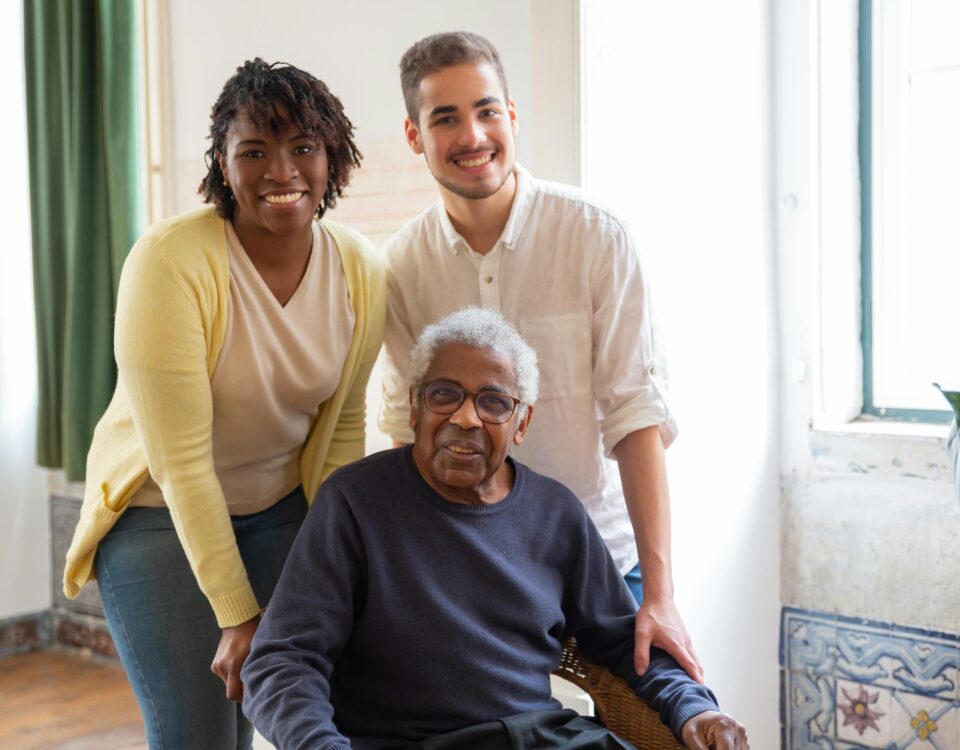You can’t always be there. But we can.
What Can a Home Visit Tell You as a Caregiver?

What Happens if You and Your Senior Don’t Like Each Other?
October 22, 2018
Five Tips for Balancing Your Career and Caregiving
November 5, 2018What Can a Home Visit Tell You as a Caregiver?
Lots of caregivers live farther away from their aging adults than they would like, especially when it comes to their senior needing more help. It might be time for an exploratory visit to get some more information.

Caregiver Rancho Palos Verdes CA – What Can a Home Visit Tell You as a Caregiver?
Her Clothing and Her Appearance
First take a look at how your senior presents herself. If her overall appearance has changed, that can be an indication that she’s not doing as well as you might think she is. Everybody has an off day, of course, but if her clothing is stained, dirty, or otherwise not something she would normally wear, this can be a big sign. You should also pay attention to her appearance beyond her clothing. Does it look like she’s avoiding washing her hair? Or is she suddenly wearing heavy perfume when she normally doesn’t?
The State of Her Refrigerator
The next spot that can tell you a lot at just a glance is your senior’s kitchen. Specifically check her refrigerator, pantry, and freezer. What you’re looking for is first for spoiled or out-of-date foods. These can be an indication that she’s not eating foods that she’s bringing home. You’re also looking for the types of foods that your senior is eating. If she’s eating a lot of processed foods or fast foods, that’s a bad sign.
Mail and Paperwork
Often when life gets overwhelming, your elderly family member might start to ignore some of the parts that are the most frustrating. Mail, including bills and paperwork, can be a big part of what your senior decides to ignore. More mail comes in every day, and that just gets to be too much to manage. One solution might be to switch bills over to electronic notifications and to put your senior’s name on a junk mail removal list.
Clutter and General Cleanliness
When someone doesn’t feel their best or when it takes too much energy to do simple things, their environment changes. Your elderly family member might be allowing some chores, like dusting or vacuuming, to slide. Or there might be more clutter piling up in general. These are signs that there’s more going on.
As a long-distance caregiver, this type of information lets you know how much help your aging adult truly needs. Once you’ve got some general information, you can work out how often home care providers need to stop by, whether you need to consider relocating, and so much more that ensures your senior has what she needs.

